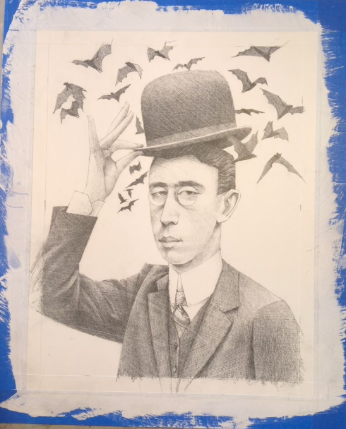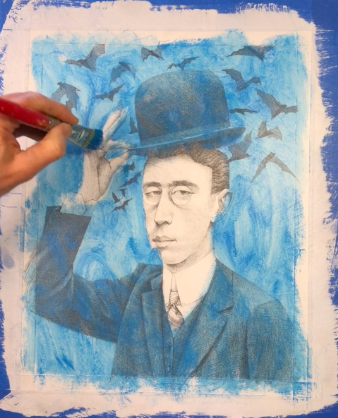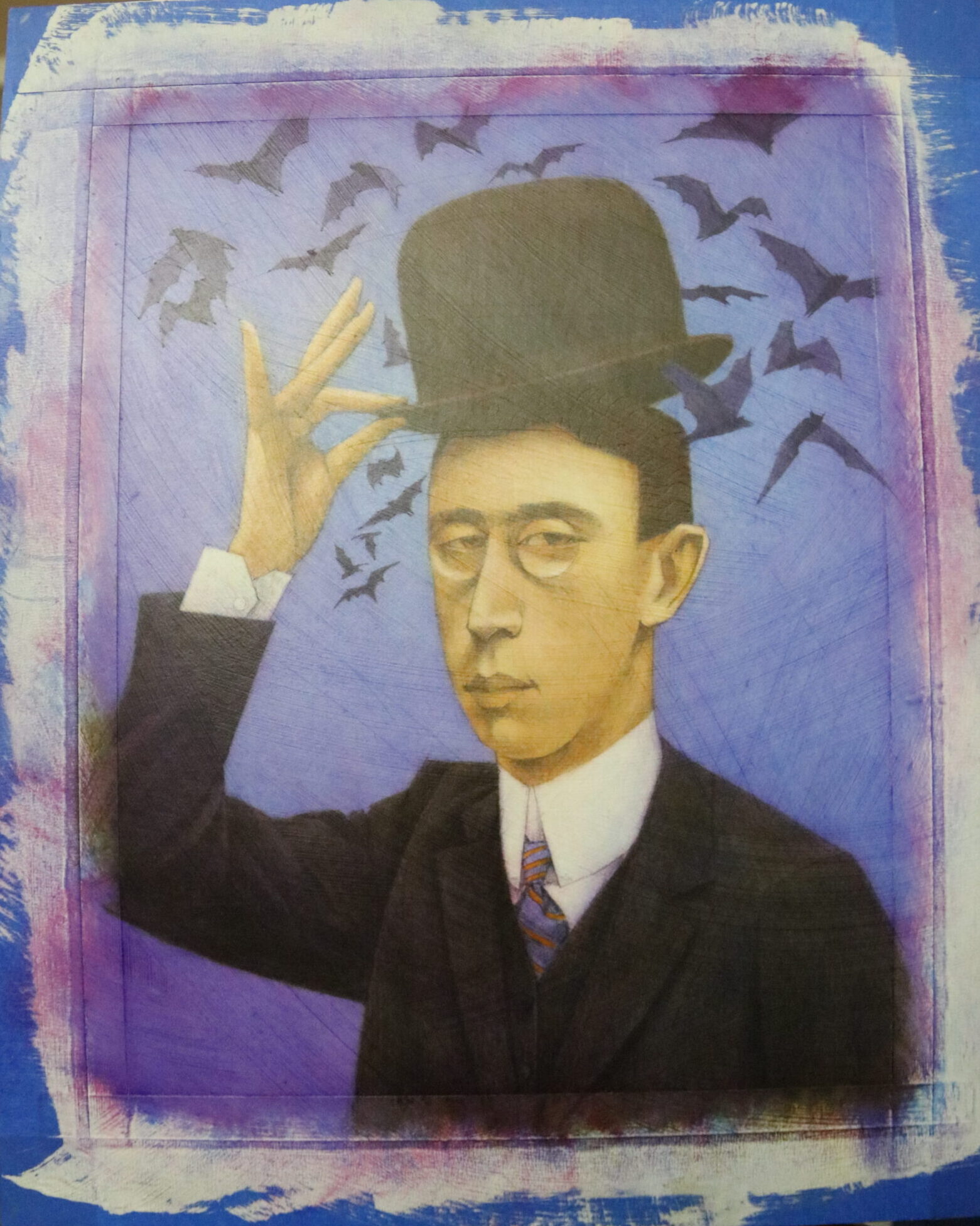A painting is deepened and enriched with each brush stroke, transferring a new coat of material from brush to canvas. Visiting artist Cathy Gendron transferred another layer of knowledge to MCCC’s art students during an immersive demonstration and lecture on Monday, Oct. 18.
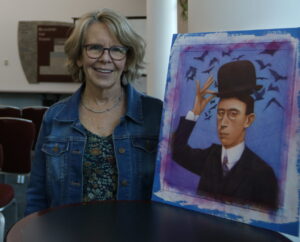
“I love teaching,” Gendron said. “I have all this experience in my head from all the years of working as an artist, and I wish I could just spill it all out.”
She was able to transmit much information to the graphic design class she visited to give a demonstration and 30 plus people who attended her lecture.
MCCC student Ethan Kuhl is working toward an associate degree in graphic design with a focus in illustration and attended the demonstration and lecture.
“I really enjoyed hearing from a professional illustrator and Gendron’s views on the field, on teaching, and on her inspirations,” Kuhl said. “She was a very genuine person and I got to talk with her after the lecture about networking and schooling.”
Gendron said she started out in the same way many art students do: ambitious and looking for opportunities.
Gendron said when she was at Eastern Michigan University, she drew freelance cartoons for the college newspaper, the Eastern Echo.
In her career, Gendron has created fine art, illustrated children’s books, painted murals, designed advertising, designed informational diagrams and written editorial media for newspapers and magazines.
“She is extremely versatile,” said Therese O’Halloran, professor of art.
Many of her works can be viewed on Gendron’s website or MCCC’s Visiting Artist virtual gallery.

In her lecture Gendron said, “To really succeed as a professional artist you must take whatever comes down the pipe.”
Learning on your own can be useful in the future, Gendron said.
A job that came with a learning curve for her was a 4,000-square-foot mural in Ann Arbor.
After investigating mural making, Gendron said she not only created a lovely mural, but developed a technique of building up layers she uses in other of her works.
“You will look back and say I did that on a whim, but I couldn’t have done this if I hadn’t done that,” she said. “Experience builds. If you limit yourself to one field you are cutting yourself off.”
Gendron said she is most proud when her work reflects the content and adds to the experience and enhances the writer’s story.
“I have to teach students how to think smart about the content that they’re illustrating,” Gendron said.
Gendron is currently a professor at College for Creative Studies and in Detroit where she teaches a senior studio course. She said it helps them transition from college to their careers.
As professionals, artists can’t let the business side slip, Gendron said.
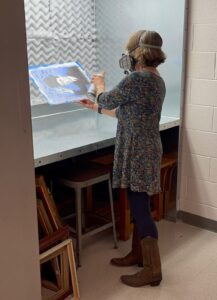
“The path of an artist, illustrator, or anybody in the creative field is serendipitous,”Gendron said. “You just don’t have a direct line to where you want to go.”
In the real world art is included in about every field, so there are many ways to get in.
In her lecture, Gendron presented career path options for entering the art world.
- Illustration for magazines
- Editorial market
- Video games
- Advertising
- Maps
- Comics
- Book publishing
- Prints
- Fine arts
- Informational medical textbooks or diagrams
- Character design for role playing
“All these industries are needed, and the industry keeps inventing itself,” Gendron said.
It is the up-and-coming individual styles of art students that have fueled the industries of video games, role playing, and new styles everyone is looking for, Gendron said.
Everyone has a style that makes them stand out, Gendron said.
“For me it’s my sense of humor,” Gendron said. “It’s the way I interpret materials and add emotion to the dialogue.”
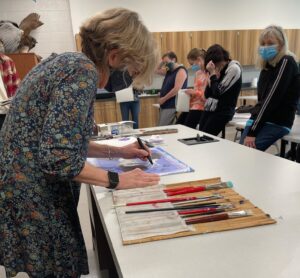
Gendron gave a live demonstration for an illustration techniques class. The class saw her create style and techniques in person.
Students were able to watch Gendron through the process from start to finish a painting that will be added to MCCC’s permanent art collection.
She said the piece has a spooky yet courteous air. In a fine arts style, the man in a bowler hat surrounded by bats.
The piece began with a pencil drawing on a textured gesso surface followed by approximately seven layers of oil paint glazes.
Between each layer, paint was patted and uplifted to reach the desired tone and then sprayed with a quick-drying clear lacquer, sealing and drying it for the next layer.
“It is a time intensive process,” O’Halloran said. “The built-up layers affected the colors beneath, so in that way it was a jigsaw puzzle of layering.”
Anyone walking through Founders Hall can find the man tipping his bowler hat as they pass his display case.
.

